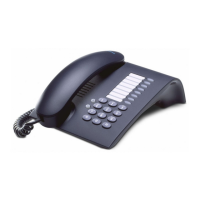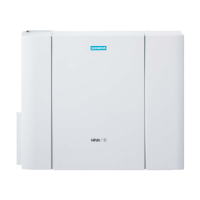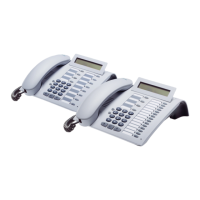Station attribute
A31003-K16-X001-3-7620, 07/99
Hicom 100 E Version 2.1, Service manual
10-47
Programming guide
1. Which ext. or which call group is actually being called? (1st dest. index)
2. To which ext./call group is the call first forwarded? (2nd dest. index)
3. To which 2nd ext./call group is the call then forwarded? (3rd dest. index)
4. To which 3rd ext./call group is the call then forwarded? (4th dest. index)
5. After how many rings should a call be forwarded?
6. Is a common ringer connected?
7. When should a connected common ringer also start ringing?
10.6.7.1 Destination indexes
Up to 4 destination indexes can be assigned for each call destination list.
The 1st destination index specifies the extension or call group first called.
The 2nd destination index specifies the 2nd ext./call group to be called (1st FWD dest.)
The 3rd destination index specifies the 3rd ext./call group to be called (2nd FWD dest.)
The 4th destination index specifies the 4th ext./call group to be called (3rd FWD dest.)
The indexes can have the following meanings:
Example
: in the case of an external call during the day, ext. 20 is to be the first extension to
ring, followed by ext. 11, and then the members of call group 888 (ext. 11 to 18) ring
simultaneously.
Three programming steps are necessary:
●
In the first step, a call destination list which has
not yet been assigned
(in this example,
CDL 13) is to be assigned the required destination indexes.
"*"
Dialled
extension or call group is called ("Dial")
"#" System search operation, all exts. are called
consecutively
("Search") #9 as of SW2.1
Ext. no.
Entered
extension or call group is called. ("11", "12" etc.)
Input sequence Meaning Display
A 1 5 1 9 1
Dest. index 1 for CDL 1
(select dest. index 1-4 with "+" and "–
", and call destination list 1–16 directly
with "#")
List 1, dest. 1: dial
B#
Select CDL List:
C13
Enter CDL 13 List: 13
D<OK>
Confirm input List 13, dest. 1: dial
E+
Scroll to dest. index 2 List 13, dest. 2: –

